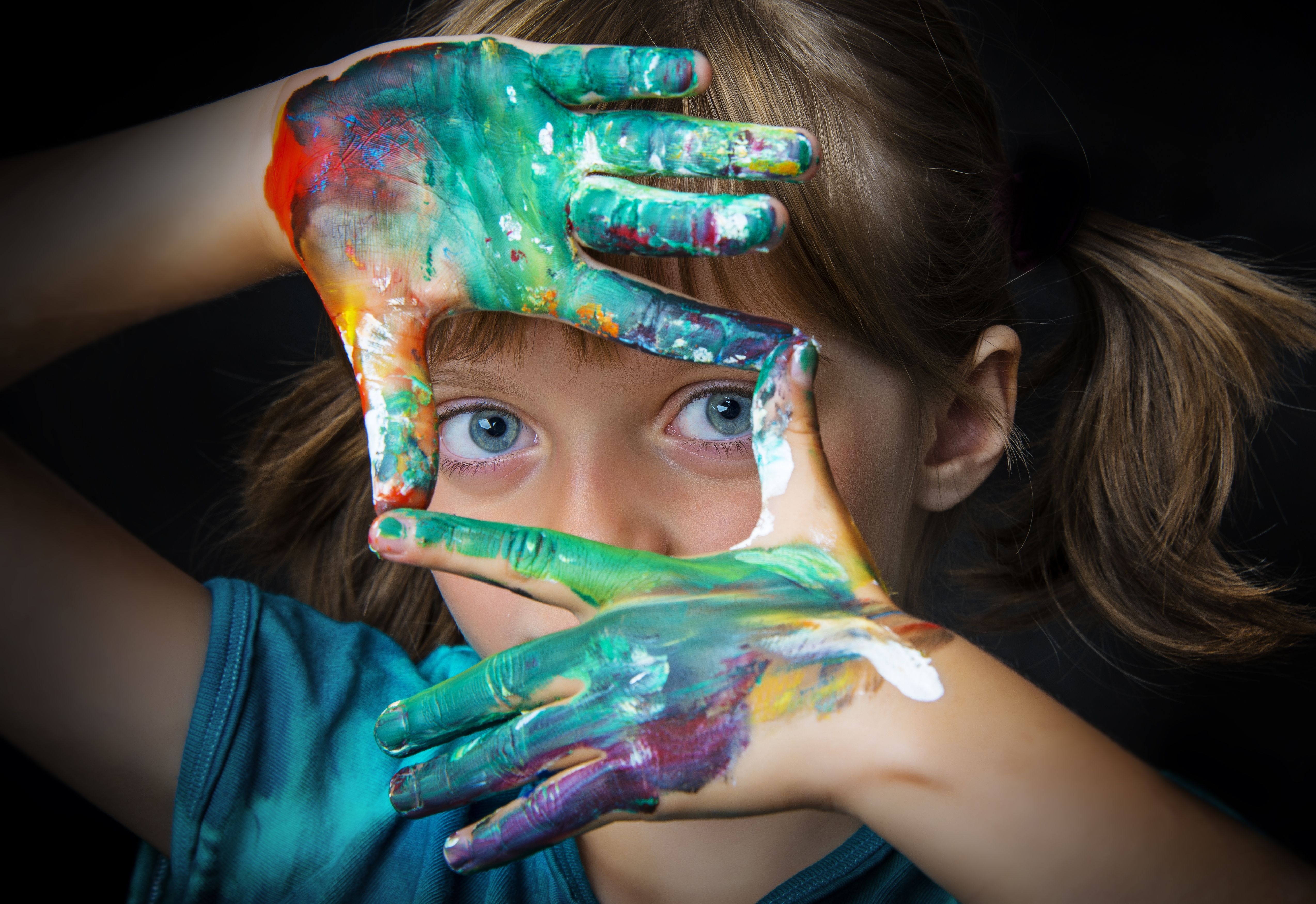"It's A Shambles" - Arts Education Issues Need Urgent Attention
The lack of priority for the creative fields across Aotearoa is causing more and more concern. Andrew Wood has been calling for more focus on arts education - and the current state is concerning.

With the modest cough of the minor prophet, in 2021 I rang the warning bell on arts education in Aotearoa, and lo! A new national report reveals that achievement levels for primary-aged learners in dance, drama, music and visual arts have plunged compared to 2015 scores.
Well, slap me on the arse and call me Cassandra... It’s a shambles.
Another report from Education Counts in 2022 showed that the number of secondary student enrolments in arts subjects had declined from 222,427 in 2007 to 162,961 in 2021.
Despite the national curriculum requiring students have access to the arts - and the proven educational benefits of the arts - the report makes clear that the arts are a low priority in schools, with few opportunities for students to access them, or for the professional development of teachers with skills in those areas.
Several pundits have voiced the opinion that greater accessibility to the arts in schools may be an effective way to address the truancy crisis and barriers to Māori achievement in education.
There are, of course, a broad range of benefits to arts participation right across the education sector, putting aside the idea of the arts as a good in themselves.
These include an increased likelihood of employment with higher wages from associated soft skills and important problem-solving skills, and have long-term implications for health and wellbeing.
The report does raise the possibility that some of this decline is attributable to COVID and lockdown but while that is understandable in the case of collective artforms like music, dance, or performance, it is difficult to see how it would impact on creative writing or visual arts - which are largely solo projects that can easily be supported online.
As reported in Stuff, the Ministry of Education recognised some of these issues, quoting Julia Novak, the acting general manager of the NZ Curriculum:
“[We] are conscious of ensuring ākonga (students) are entitled to quality arts education,” in relation to next year’s revision of the curriculum.
I have already raised my concerns here on The Big Idea that the Ministry’s proposed and, no doubt, well-intentioned changes are very confusing and not clearly communicated, and reported the backlash from arts educators who would actually be enacting these changes at the coalface.
But let’s not kid ourselves - this isn’t just a problem in schools, or the education system, nor are these issues than can simply be placed on the shoulders of society in general.
These failings are symptomatic of institutional issues.
No New Zealand government has made the arts a priority since the premiership of Helen Clark.
There is clearly a crisis in the arts and culture sector of Aotearoa.
In an open letter being circulated to arts organisations undersigned by such heavy cultural hitters as Judy Darragh, Sir Roger Hall, Jennifer Ward-Lealand, Eve de Castro-Robinson, John Daly-Peoples, Professor Peter O'Connor, and Roger Horrocks, highlights several problems:
- New Zealand’s political parties do not clearly have a long-term (future-oriented) policy for strengthening our arts culture.
- Artists are struggling to sustain professional careers in our small and marginal country. Arts organisations are also struggling to survive and grow. Public funding is likely inadequate and ineffectively distributed.
- Arts and cultural funding bodies are not working well and need to be reviewed in relation to financial pressures, the pandemic, diversity, the rush to go digital, and their inability to handle the number of applications.
- The arts have been downsized at all levels of education with the emphasis on STEM subjects.
- Our national media fail to cover or promote the arts.
- Te Papa receives a large percentage of public arts funding while not presenting a commensurate display of New Zealand art for visitors.
- Our tax system is not as supportive of the arts as it could be.
The letter also raised the matter of crises affecting the arts at the level of local government, specifically highlighting proposed slashes to arts funding by Auckland Philisti… *cough*… Mayor Wayne Brown across the region in the 2023-24 Annual Budget.
Those who work with at-risk youth are already warning that cuts will severely impact their work with vulnerable young people. Proposed cuts will negatively impact Māori and Pasifika communities for whom events like Te Matatini, Polyfest and Pasifika are vitalising touchstones of identity, particularly for youth in the south and west of the city.
It would be mortifying if - going ahead - cuts in Auckland proved a template for other communities in Aotearoa. Auckland aside, a long-term national Ngā Toi Arts and Culture strategy is desperately needed.